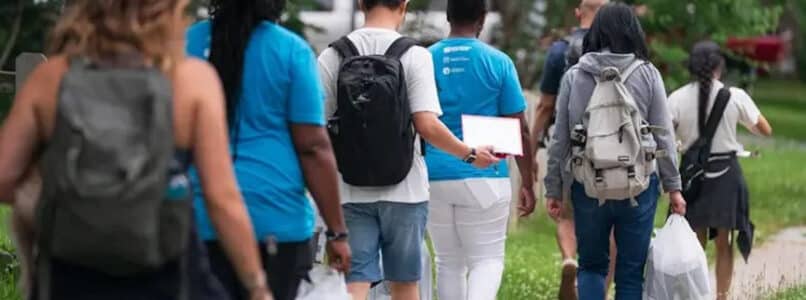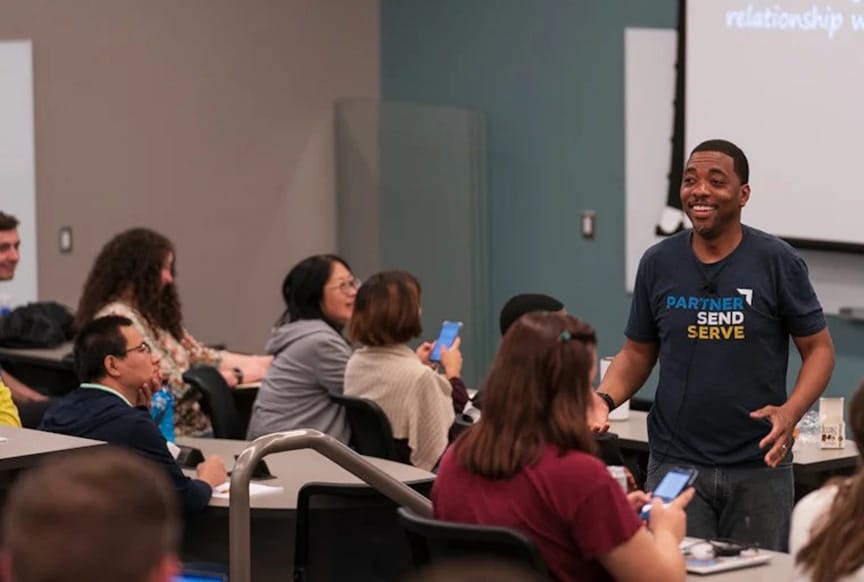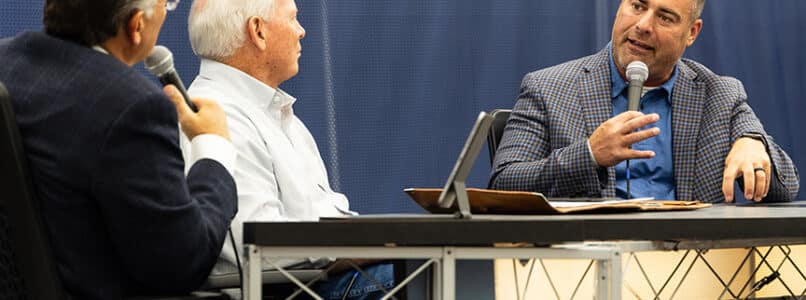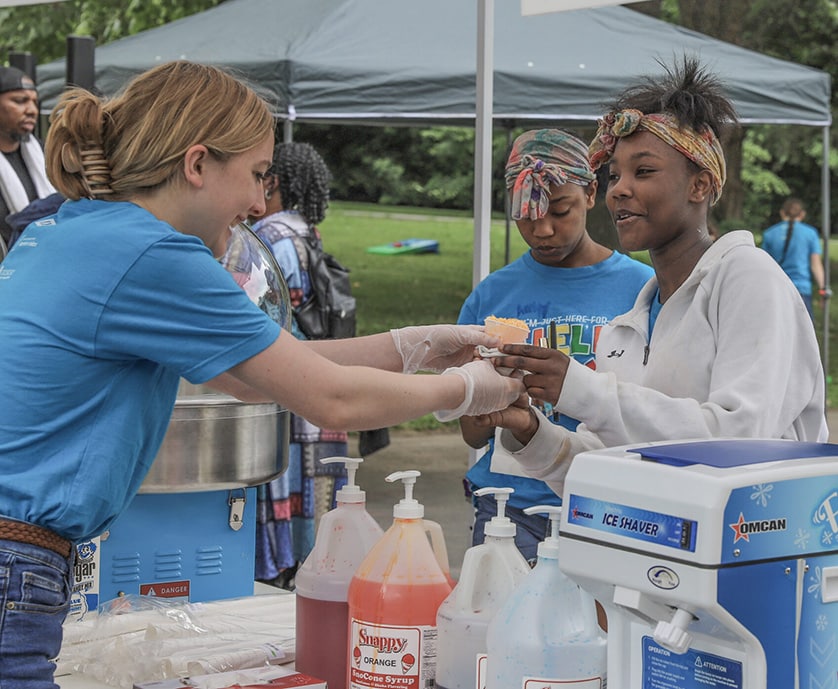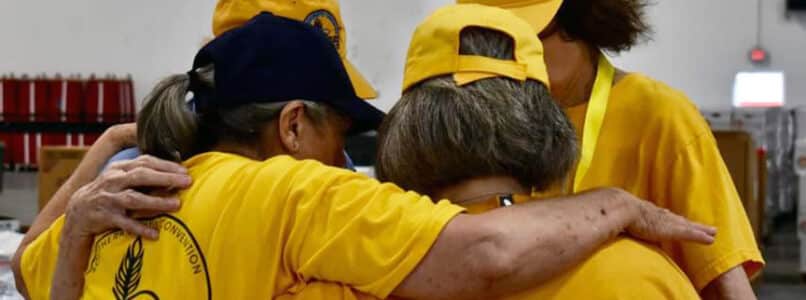I have historically not been a strong reader. I don’t think I actually read a book from start to finish that wasn’t written by Beverly Cleary until I graduated from college. Later in life, I found out my reading struggles were caused by learning disabilities, but I did not know that growing up as a kid in the 90s.
Do you know what? I am kind of glad I didn’t know. If someone had told me I didn’t have the tools or that my situation was different, I probably would have just hung it up and never challenged myself.
At age 35, I went to seminary—where I was required to read about a book a week. I struggled with the theological vocabulary because it’s like learning a second language. I struggled with the volume of reading. I felt like I was drowning and didn’t have any time to myself. I was in full-time ministry and married with four kids. All the other students, 10 years younger than me, seemed to be running circles around me.
However, I had professors who made the subject matter so beautiful that I wanted to read these books. And they reminded me often that what I was doing was worth it.
So I grew—in my love for reading and for the Lord. I was molded into a different person. My weakness has become a strength. I have graduated and continue to read about a book a week.
Being a pastor is hard. I am told that a lot, and I think it is a growing trend for us to talk about how hard it can be. We need rest, we need soul care, and we need others to help us. Most of all, we need the Holy Spirit to do a job no man is strong enough to do.
But we need to be careful not to focus so much on the difficulties of pastoring that we never push through or delight in our calling. Just like with reading, I don’t always need someone to tell me why this will be hard for me, but I do need someone to remind me of the beauty of it.
Yes, our calling can be challenging, but here are some of the beautiful parts I want to remind you of:
- There is no other job in this world where you get to hold people’s hands as they come into this world and as they leave it. There is no other job in this world where you see people get saved, graduate, get married, counsel them through the hard, celebrate the beautiful, see their children saved, and bury old friends knowing they will rise from the dead and see the Lord.
- Of all the people who have ever existed, we are the few the Lord has allowed to professionally declare the full counsel of God. Think about that.
- I am paid to read God’s Word, study God’s Word, teach God’s Word, and subsequently enjoy the God of the Word more and more. That’s like getting paid to eat candy.
- God is our great joy and treasure. He is the bread we eat in the wilderness that gives us joy until we see His face. John Piper says, “If you live gladly to make others glad in God, your life will be hard, your risks will be high, and your joy will be full.”
- I saved the best and most beautiful reminder for last: We will see God. We will see His face. I imagine on that day, we will come to a realization that we just barely see now—that being a pastor is the greatest honor and one of the greatest treasures we could ever have. Take my life from me, but let me die serving the Lord.
Brothers, pastoring is one of the greatest joys ever. You can do it. His grace is sufficient, His power is perfect, and His joy is wonderful. Let us remind each other about these things.







